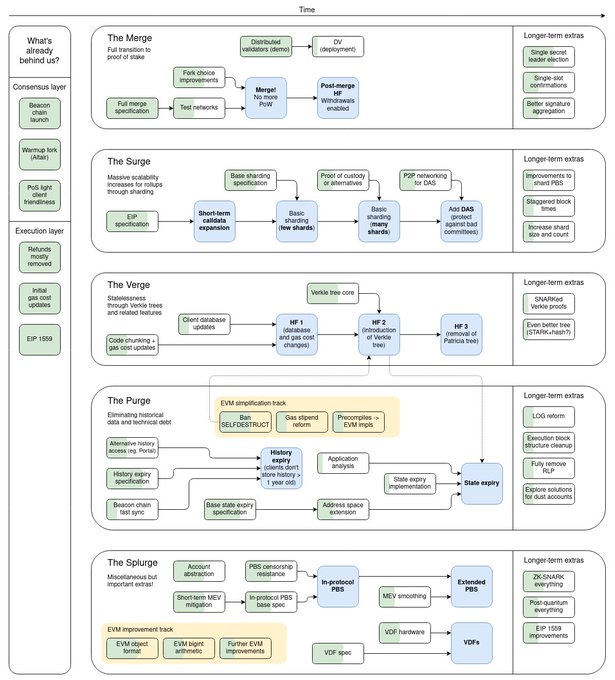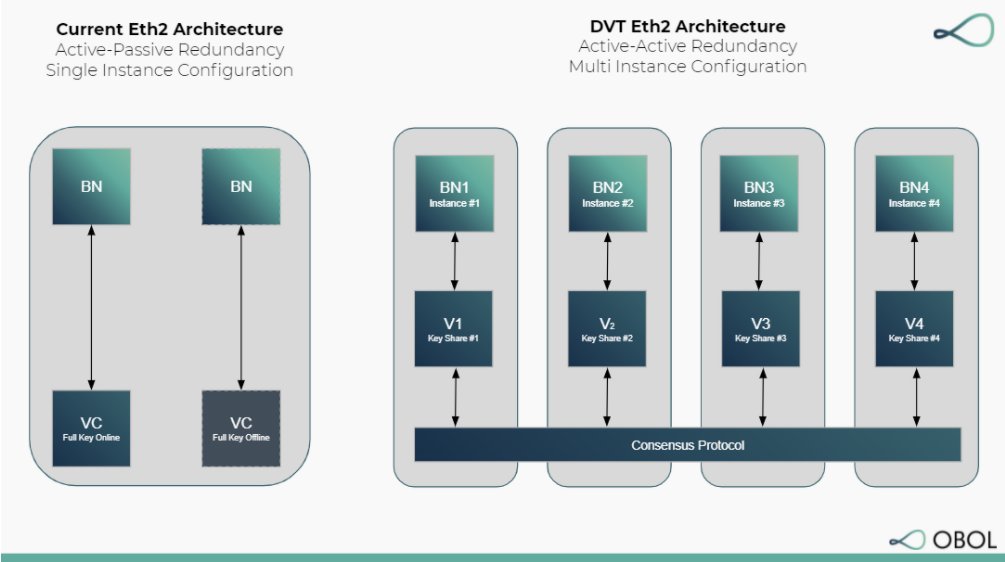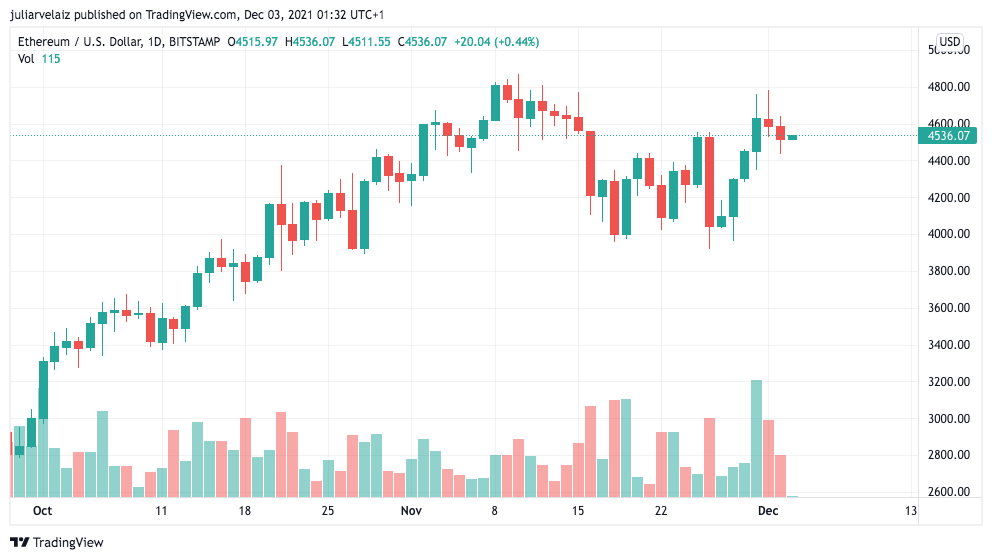The Ethereum 2.0 upgrades of the consensus layer built by multiple teams in the ecosystem promise to bring a “more scalabe, more secure, and more sustainable Ethereum”, and now Vitalik Buterin celebrates 1 year since the proof-of-stake Beacon Chain went live. Eth2 or Serenity aims to “support 1000s of transactions per second” so the high gas fees problem can be solved.
The Beacon Chain, one of Ethereum 2.0’s distinct sections, has allowed users to be Eth2 validators by staking Ethereum, reportedly earning up to 10% annually, diminishing miners for transaction validation, and adding new blocks.
Ben Edgington, the lead product owner of the Teku Eth 2.0 client, had explained that “Slashing penalties were reduced at the start of the Beacon Chain to increase stakers’ confidence. Now that we are all much more comfortable with staking, penalties are gradually being increased towards their ‘crypto-economically correct’ values.”
EIP-1559 was implemented in August’s London hard fork. This changed the system of transaction fees. As such, the ETH-burning began. It now has a total number of 353,615.10 8.19
You may also like these related readings| Since Ethereum EIP-1559, Over 1 Milllion of ETH has been burned
Eth 2.0 Roadmap At The Beacon Chain’s Birthday
The Merge stage is next and could occur in May or June of next year. This is assuming that the code has been completed by February. This will ‘merge’ the Beacon Chain into the mainnet. As it has been explained, it is meant to finalize the transition to PoS, “Ethereum’s history on the PoW network will be preserved as the PoS consensus layer is merged in as a replacement for PoW.”

Tim Beiko stated that “the Arrow Glacier upgrade is scheduled for block 13,773,000, which is expected on December 8, 2021”, and called for users to upgrade their nodes. He expects the Kintsugi devnet to go live early this month, this is intended to “implement a release candidate design for The Merge”, which would be followed by “testing, risk management, and governance”.
Beiko as well as Edgington stated that Ethereum devs are most focused on Eth2’s final steps.
The move to proof-of-stake will not immediately provide any significant extra throughput to the Ethereum chain, so I don’t expect it to have a measurable effect on gas prices. Ethereum currently focuses on layer-two solutions such as various rollups. This is the scalability strategy. We will now focus our efforts on providing data fragments for the Ethereum protocol, which will make it possible to scale roll-ups massively once The Merge has been completed.

Project lead of Obol Labs, Collin Myers, was glad to see Distributed Validator Technology (DVT) “on the top” of Vitalik’s Eth2 roadmap, and explained it as a new infrastructure that enables “Active-Active redundancy across Eth2 infrastructure deployments”, and suggested “a world where validator key theft becomes nearly impossible due to applied cryptography”.
Collaboration protocol can help make Ethereum stronger. It will protect against the loss of some network operators. DVT can an enable this by allowing a group of network operators to act as one single validator together – something we like to call a multi-operator validator.
You may also like these related readings| Ethereum rally 5%, why ETH could surge to new ATH over $5K
